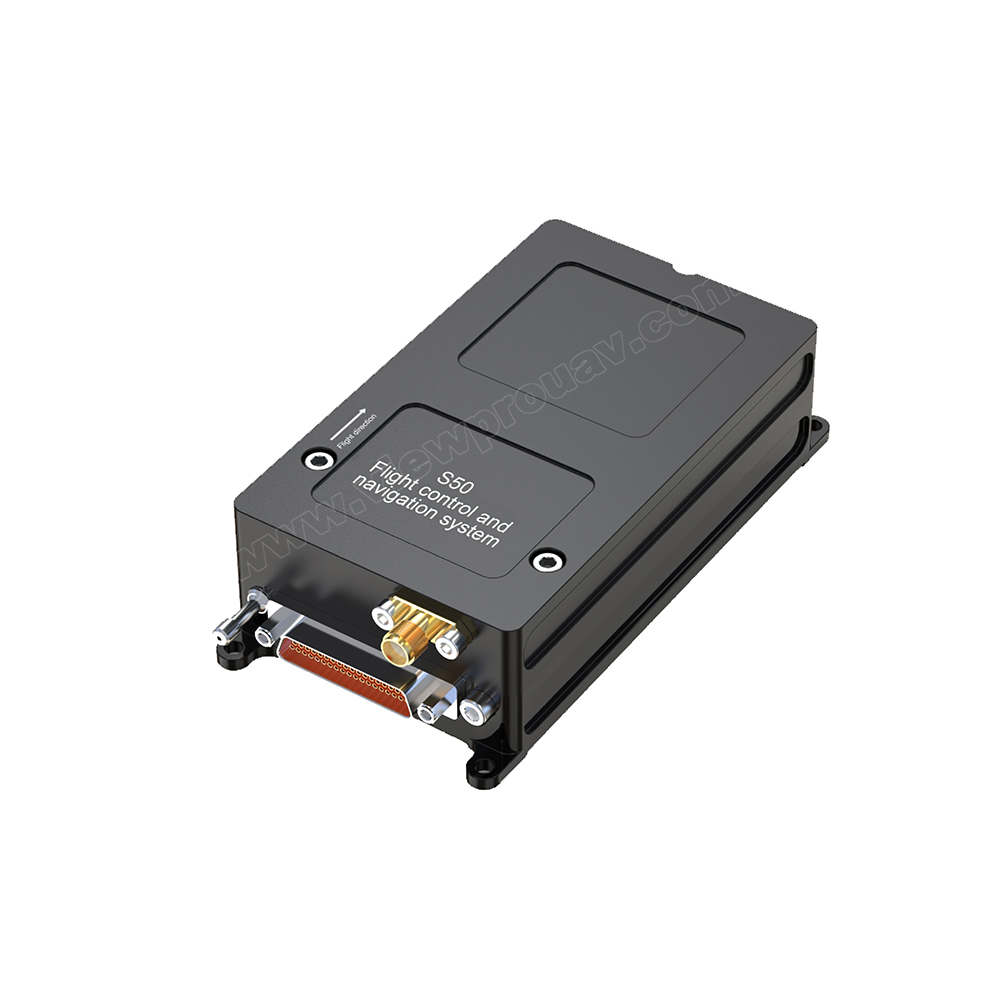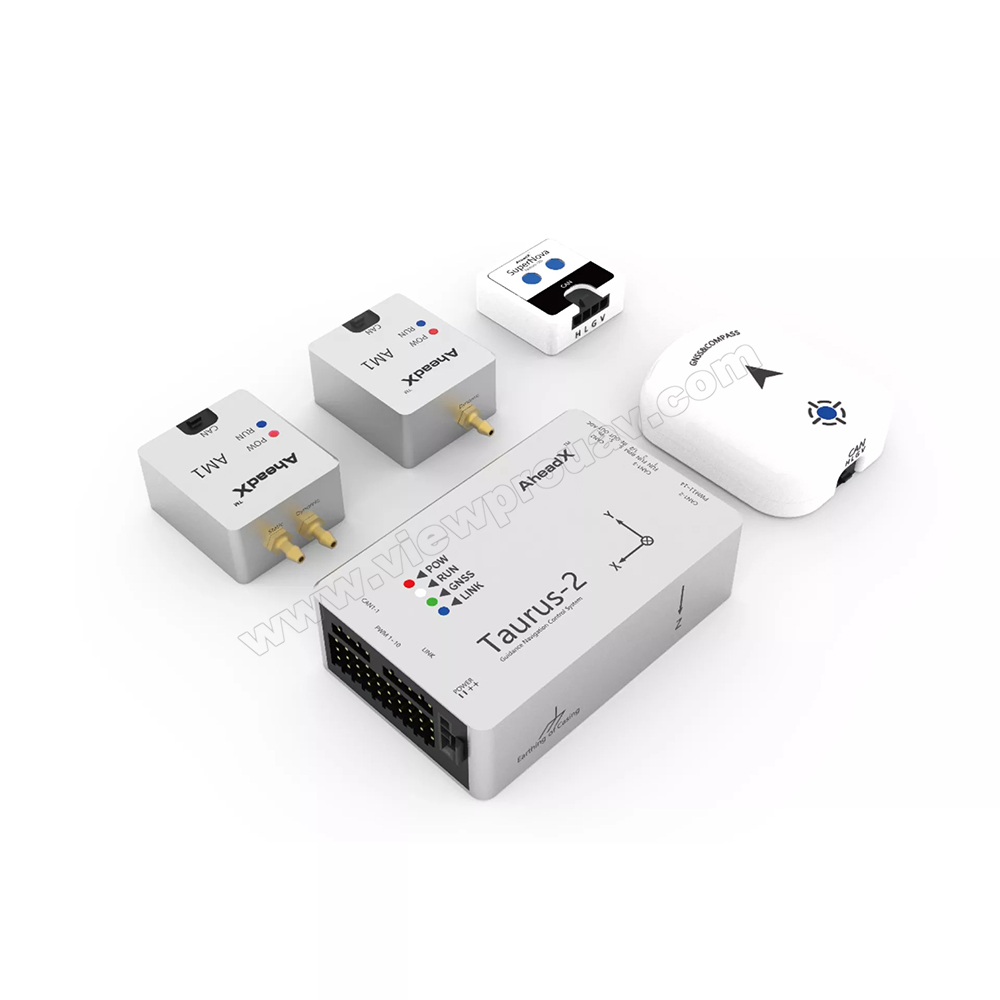The Long term of UAVs: SparkNavi Drone Flight Controller and GNSS/INS Made in Taiwan
The Long term of UAVs: SparkNavi Drone Flight Controller and GNSS/INS Made in Taiwan
Blog Article
Discovering the Function of Drone Flight Controllers in Enhancing Trip Security and Navigation Performance
The innovation of drone innovation has actually dramatically boosted the value of trip controllers, which function as the brain of these aerial lorries. By incorporating real-time data from a range of sensors, flight controllers boost trip security and navigation efficiency, ensuring that drones can run smoothly also in complicated atmospheres. This discussion will certainly check out the key parts that contribute to these renovations, in addition to the implications for the future of autonomous trip. What advancements exist in advance that could even more transform the capabilities of drone trip controllers?

Understanding Trip Controllers
Flight controllers are essential parts in the functioning of drones, serving as the brains that manage and stabilize trip procedures. These innovative tools process data from different sensing units, consisting of accelerometers, gyroscopes, and GPS, to ensure that the drone preserves its desired trip path. The trip controller translates this data and executes commands based on pre-defined formulas, allowing the drone to reply to environmental changes, such as wind or barriers.
The primary function of a trip controller is to maintain security throughout flight. It accomplishes this by making real-time changes to the drone's motors and control surfaces, ensuring equilibrium and control. Furthermore, modern flight controllers integrate sophisticated attributes such as waypoint navigating, enabling for automated trip courses and enhanced functional performance.
Understanding the style of trip controllers is essential for both hobbyists and experts. They typically are composed of a microcontroller, firmware, and different interfaces for sensing unit input and interaction. As modern technology developments, trip controllers have ended up being much more capable and compact, incorporating expert system to adapt and enhance decision-making processes to complex trip circumstances. This development symbolizes an essential development in the drone sector, leading the method for a lot more innovative applications and safer operations.
Trick Elements of Trip Stability
Attaining optimal trip security in drones depends on numerous key components that work in performance to ensure regulated and smooth procedures. Central to this stability is the flight controller itself, which refines data from various sensors to keep the preferred trip attitude. This consists of accelerometers and gyroscopes that measure activity and alignment, enabling real-time modifications to the drone's setting.
Another important part is the electronic speed controllers (ESCs), which regulate the power delivered to the electric motors. By carefully adjusting motor speeds in action to trip controller commands, ESCs assist preserve equilibrium and counteract disruptions caused by wind or abrupt motions.
Furthermore, the design of the drone's frame plays an essential duty in trip stability. A well-structured frame minimizes resonances and boosts the overall wind resistant account, adding to smoother flight characteristics. The combination of sophisticated algorithms within the trip controller aids in anticipating adjustments, ensuring a adaptable and receptive trip experience.
Together, these parts form a natural system that enhances a drone's stability, permitting specific maneuvering and improved efficiency in different trip problems.
Navigation Effectiveness Techniques
Efficiency in navigation is important for enhancing drone operations, particularly in complex environments. Reliable navigating methods enhance the capacity of drones to pass through tough surfaces and avoid challenges, thereby boosting functional effectiveness and safety and security.
One prominent strategy is the implementation of innovative GPS and inertial dimension devices (IMUs) that provide exact location monitoring and positioning information. These technologies permit drones to calculate ideal trip paths in real-time, thinking about numerous aspects such as wind problems and potential challenges.
Another technique includes using algorithms for course preparation and optimization. Formulas such as A * and Dijkstra's algorithm can be deployed to establish the most effective course while minimizing energy usage and trip time. Furthermore, incorporating machine discovering models can allow drones to adaptively gain from their settings, improving navigating capacities with experience.

Influence On Autonomous Drones
The integration of advanced navigation techniques has profoundly transformed the capabilities of independent drones, allowing them to operate with higher autonomy and precision. SparkNavi drone flight controller and GNSS/INS made in taiwan. These enhancements are primarily connected to innovative trip controllers that use real-time data processing and sensor fusion, allowing drones to browse intricate atmospheres more tips here effortlessly
The effect on self-governing drones prolongs beyond mere navigating; it includes enhanced obstacle avoidance, boosted security throughout dynamic conditions, and raised goal integrity. By leveraging formulas that include artificial intelligence and man-made intelligence, drones can adjust to changing conditions, making notified choices that enhance their flight courses while lessening dangers.
Moreover, the execution of robust trip controllers has promoted the execution of intricate tasks, such as airborne inspections, delivery services, and agricultural monitoring, with useful content marginal human treatment. This capability not only streamlines procedures however also lowers human error, therefore improving overall security.
Because of this, the functional scope of independent drones has increased substantially, making them vital tools in various industries. Their capacity to do effectively in diverse circumstances highlights the vital function that advanced trip controllers play in shaping the future of unmanned airborne systems.
Future Trends in Trip Control
Frequently, innovations in trip control technology are positioned to redefine the landscape of drone procedures in the coming years. Emerging trends indicate a significant change in the direction of enhanced synthetic intelligence (AI) integration, enabling flight controllers to process real-time information more efficiently. This development will help with enhanced decision-making abilities, enabling drones to adapt to dynamic ecological problems autonomously.
Moreover, the application of artificial intelligence formulas is expected to improve anticipating upkeep, thus decreasing downtime and extending the lifecycle of drone components. This proactive method to maintenance will be important as drone applications increase throughout different sectors, from farming to logistics.

.jpg)
Last but not least, advancements in protected communication procedures will deal with security and regulative concerns, making sure that drones can operate seamlessly in stuffed airspaces (SparkNavi drone flight controller and GNSS/INS made in taiwan). Collectively, these patterns point in the direction of a future where flight control systems are not only smarter and a lot more reliable but also capable of running securely in a progressively integrated airspace
Final Thought
Finally, drone flight controllers are important to boosting flight stability and navigation efficiency through the advanced handling of sensing unit information. By preserving ideal flight mindsets and utilizing innovative algorithms for path optimization and obstacle avoidance, these controllers dramatically add to the freedom and operational safety of drones. As innovation proceeds to advance, further developments in trip control systems are prepared for, assuring better performance and expanded abilities in the realm of unmanned airborne automobiles.
By integrating real-time data from a variety of sensing units, trip controllers boost trip security and navigating efficiency, guaranteeing that drones can operate smoothly also in intricate environments.Flight controllers are essential elements in the functioning of drones, offering as the minds that handle and support flight procedures. In addition, modern flight controllers include advanced features such as waypoint navigation, permitting for automated trip courses and boosted functional performance.
Central to news this stability is the flight controller itself, which refines data from various sensors to preserve the desired trip mindset.In final thought, drone flight controllers are integral to enhancing trip security and navigation efficiency through the innovative processing of sensing unit information.
Report this page